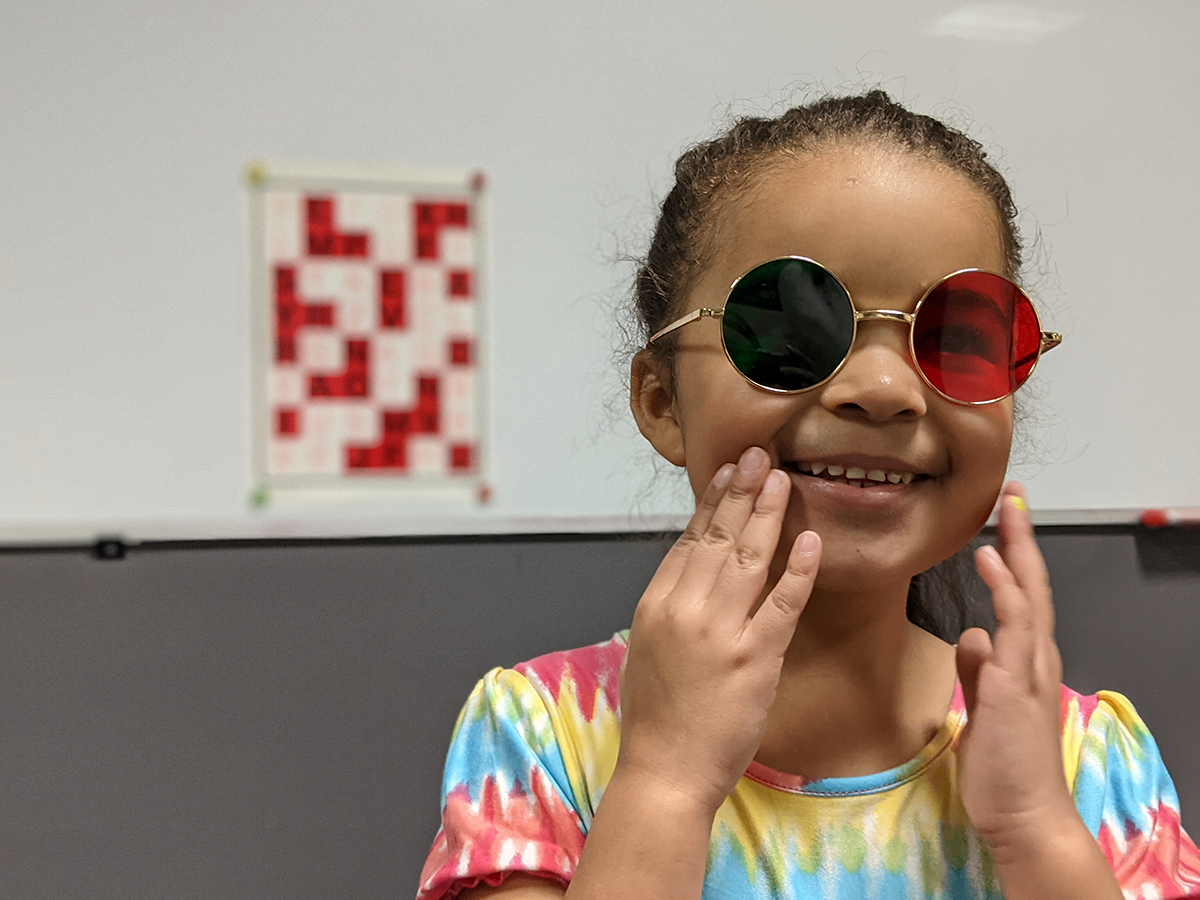SPACE MATCHING I
PURPOSE: To learn to compute dimensions of spaces quickly and accurately
APPARATUS: A length of string, a steel tape, or a dressmaker’s tape
METHOD:
1. Ask subject to estimate the number of steps it will take to walk from where he is to some object across the room or across the yard. Then pace it off.
2. Also, patient should estimate the number of steps to travel half (or other fractions) of the distance and pace it off and confirm or deny the estimation by checking it out. How many ways can he find to confirm the estimate?
3. Next, ask subject to estimate the number of steps between two objects across the room or across the yard. Have him pace it off.
4. Patient also estimates the number of steps to travel fractional distances between two objects in far space, then checks it out.
5. Have him estimate widths, heights, and depths of objects across the room (like picture or window frame, depth of a box or chair seat, or height of table, chair, etc.). Patient holds string or tape between hands so that it would just fit the object, then walks across the room to check it against the real object. If the estimate is inaccurate, he holds tape at correct size and returns to original location in room to look again at the object while feeling the actual size represented by the tape measure.
ASPECTS TO BE EMPHASIZED:
1. Accuracy of pacing between self and objects (me-it relationships).
2. Accuracy of pacing between objects in far space (it-it relationships).
3. Accuracy of width, height, and depth as estimated by hands.
4. Accuracy of fractional estimations.
5. Translation to feet and inches for dimensions of objects and rooms.





